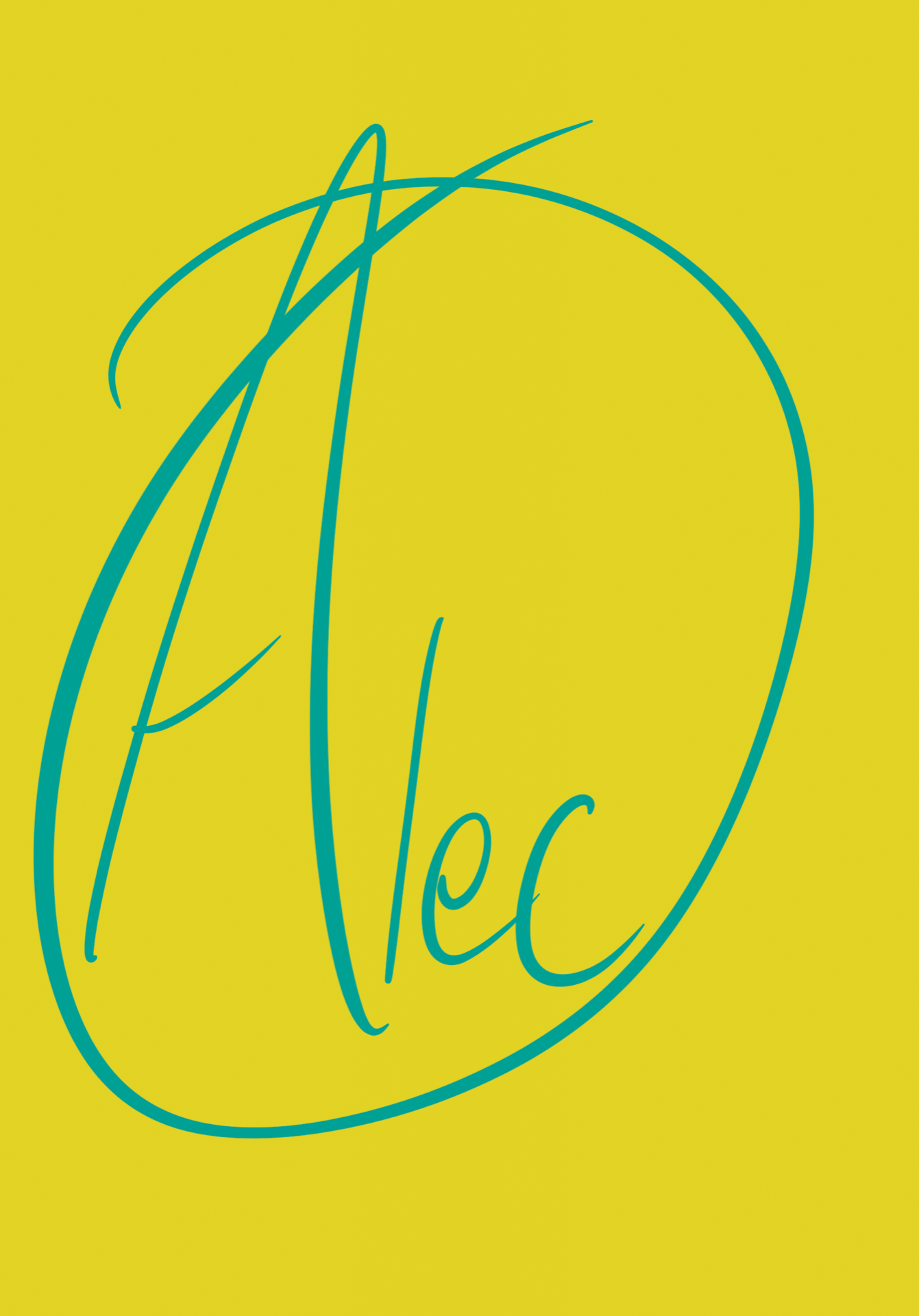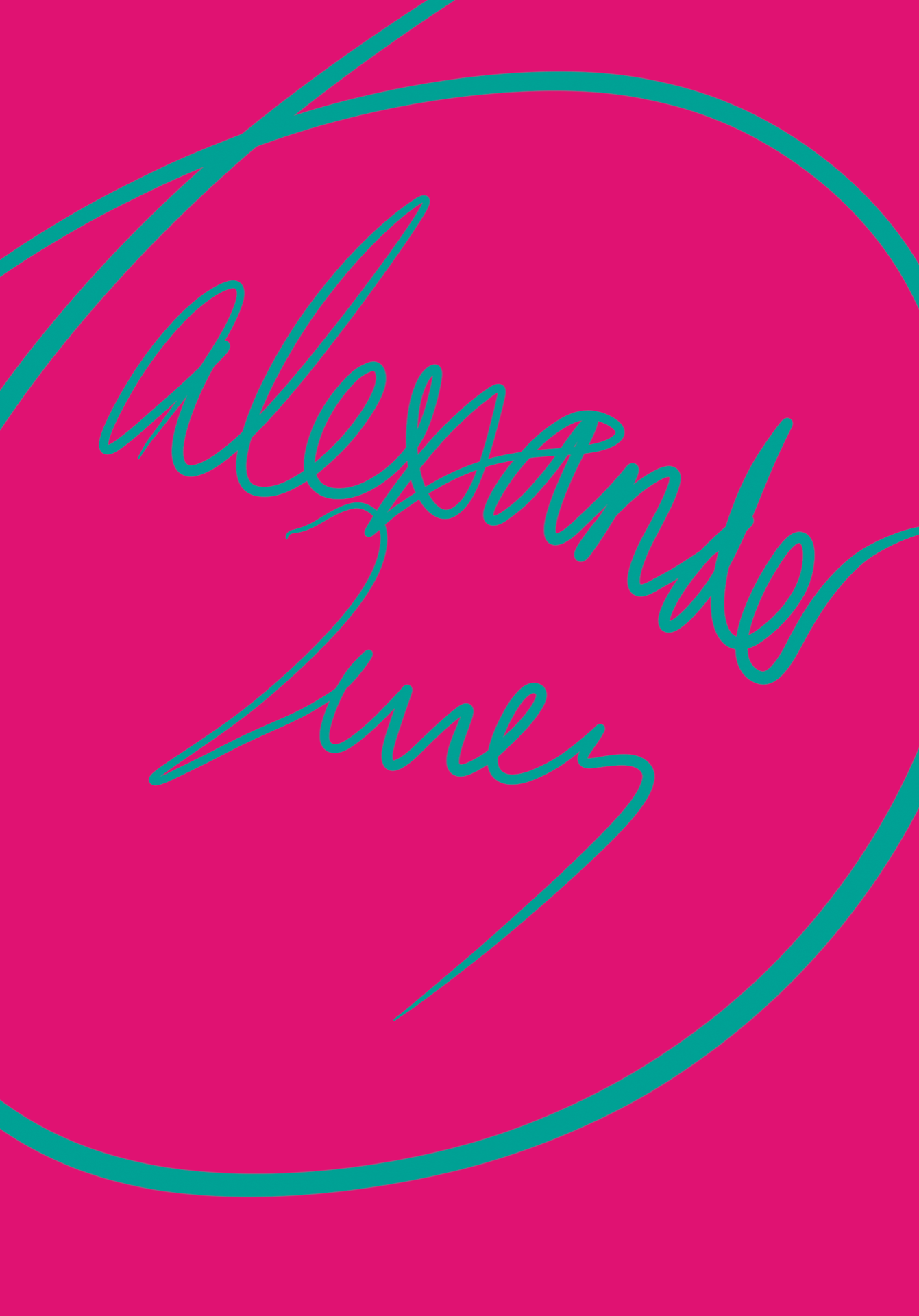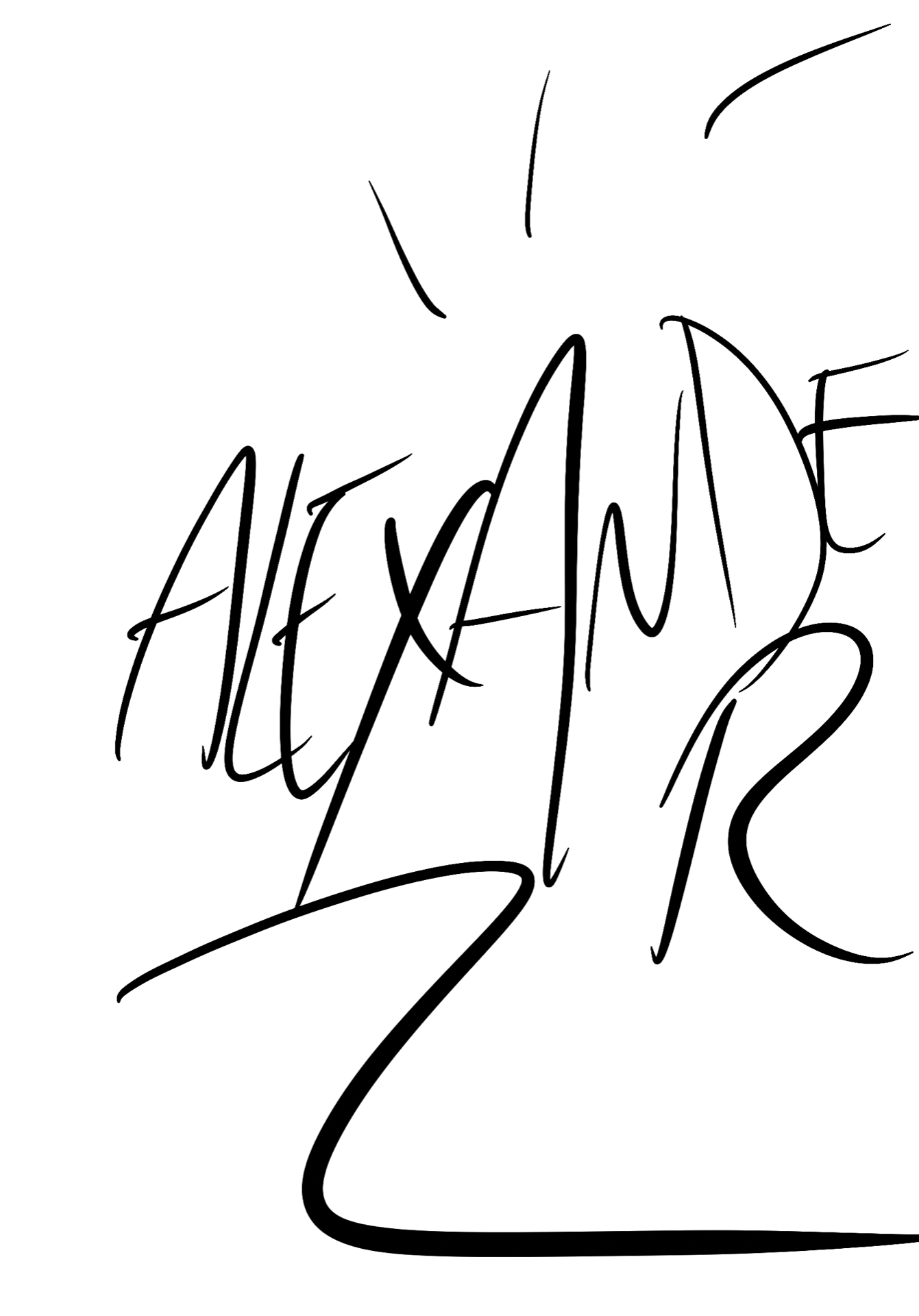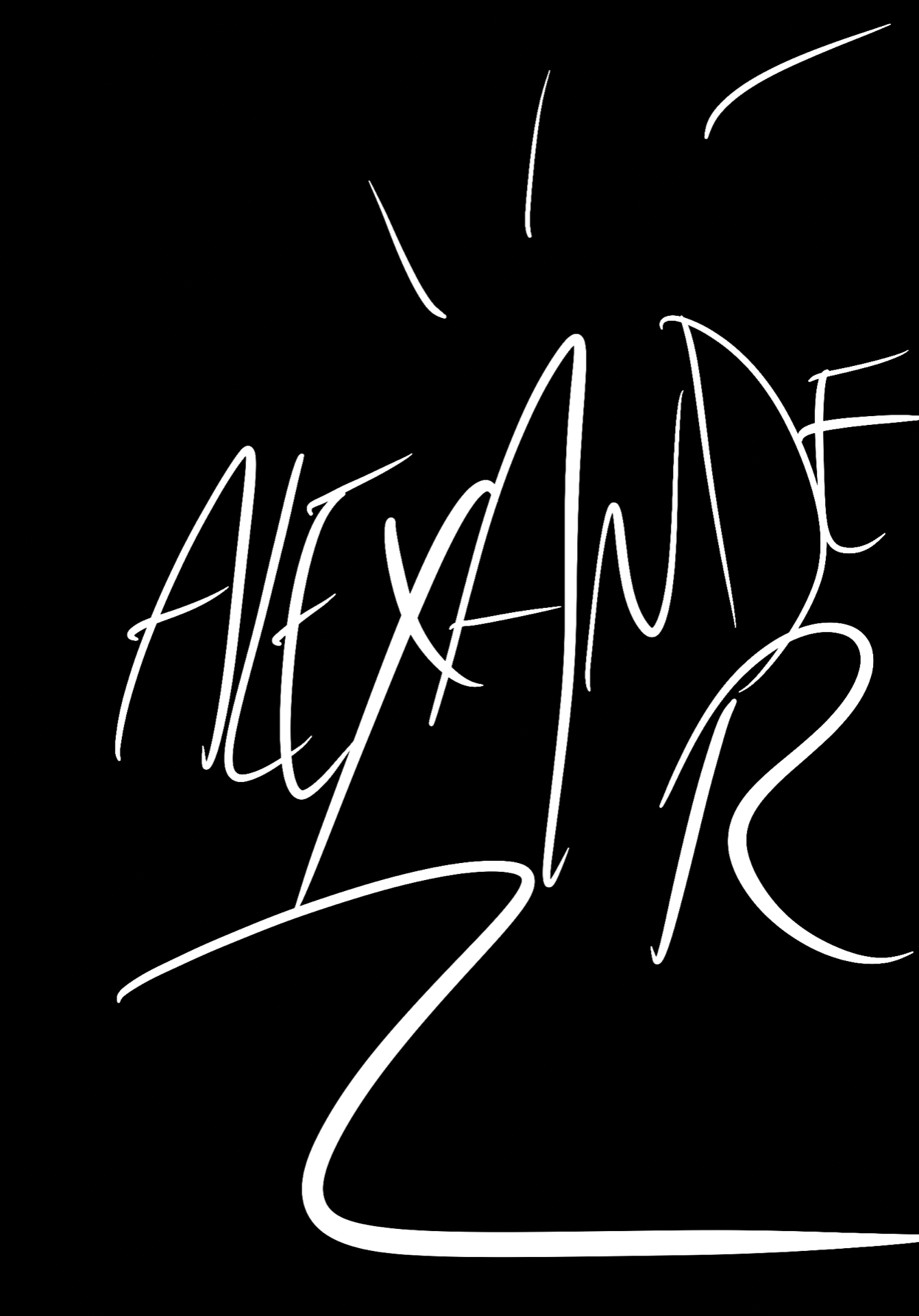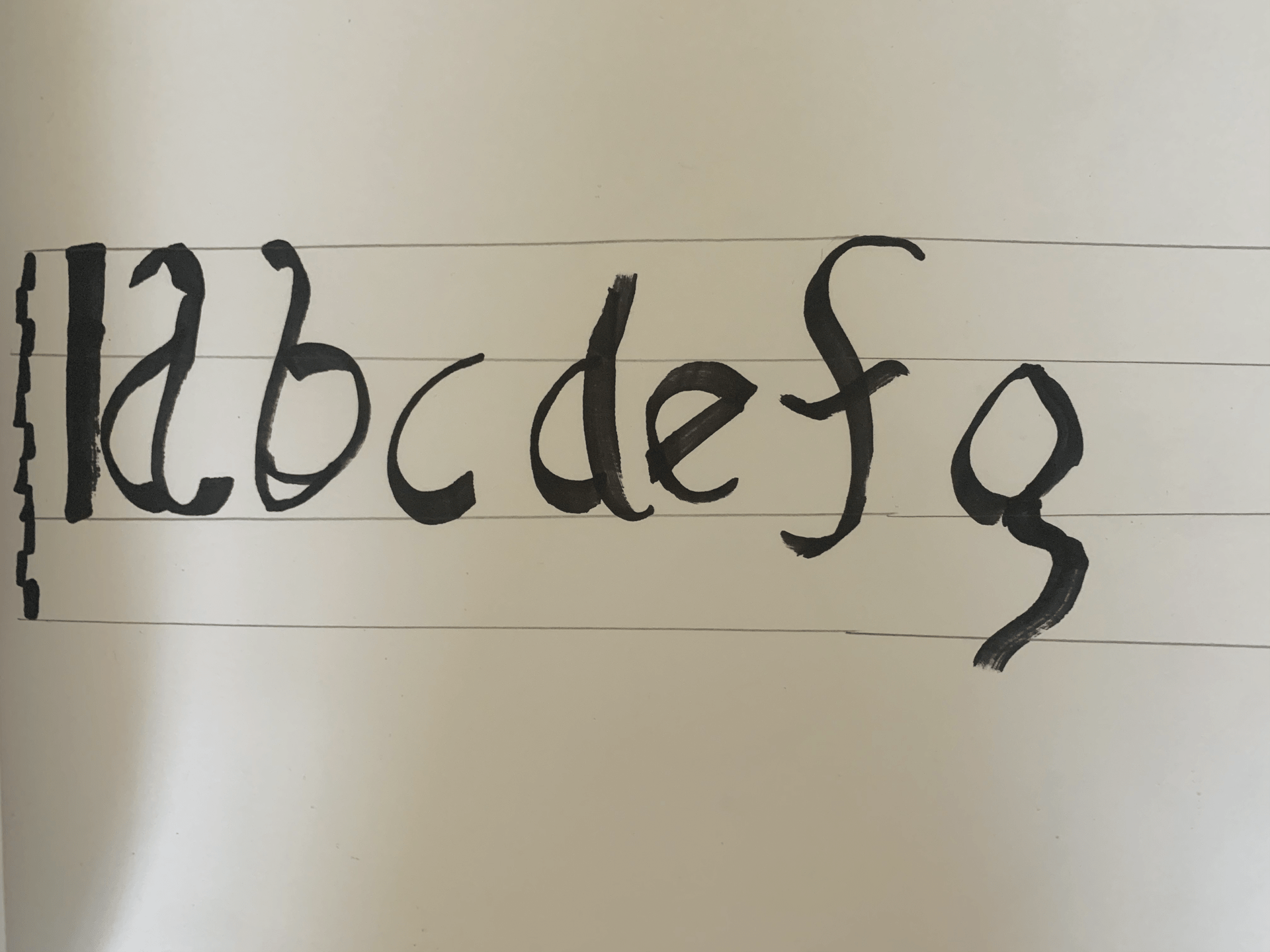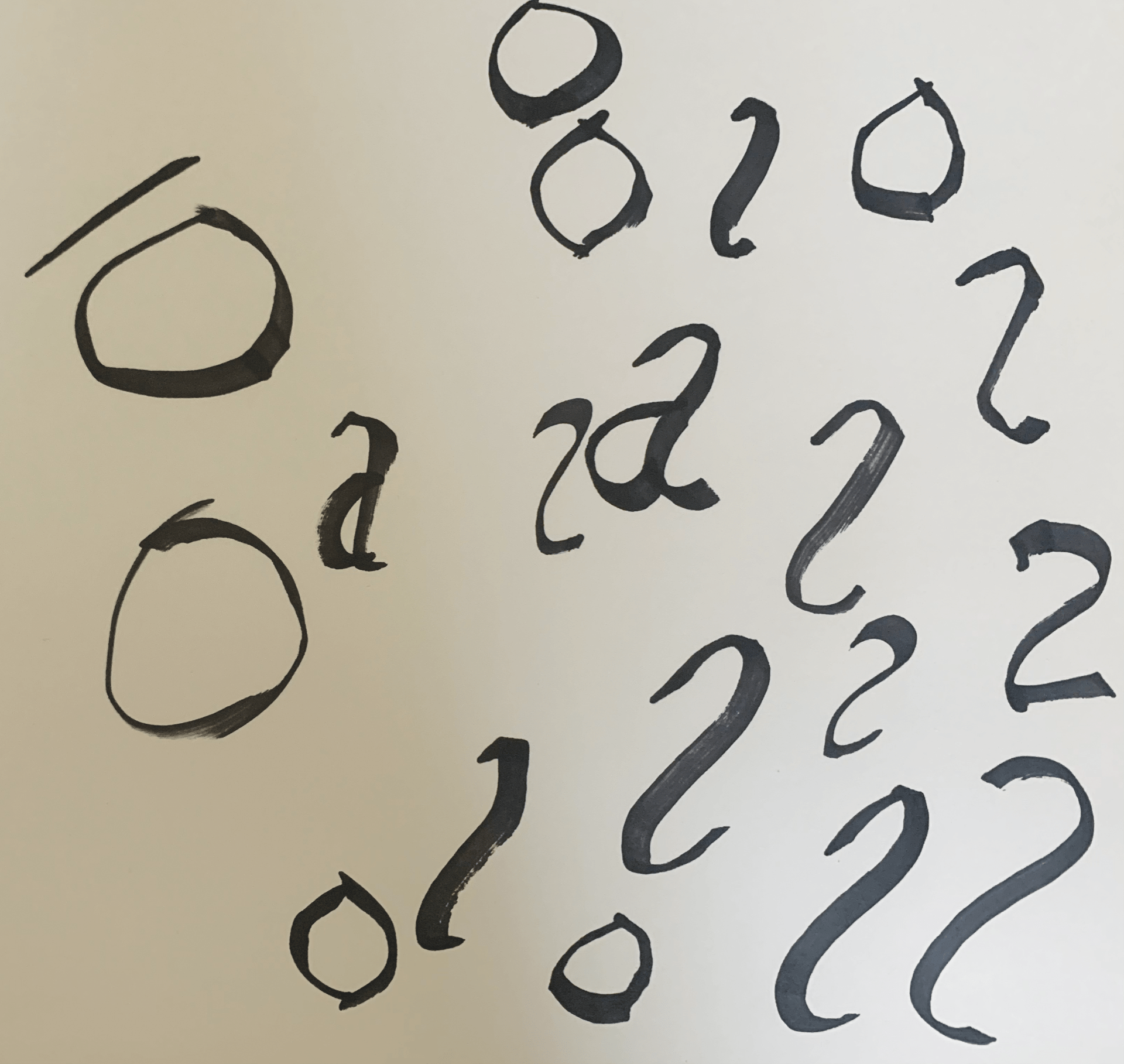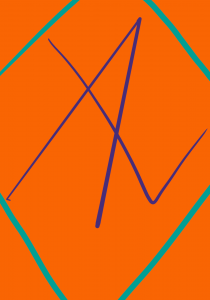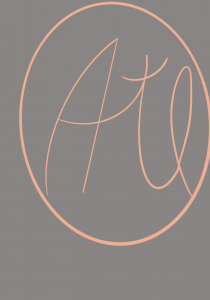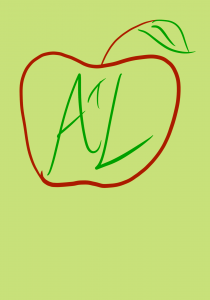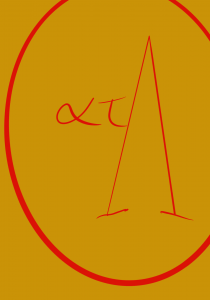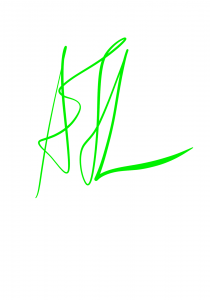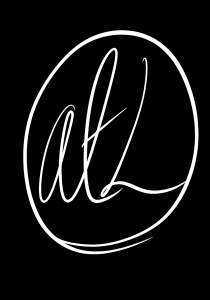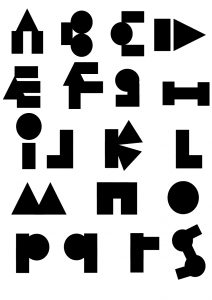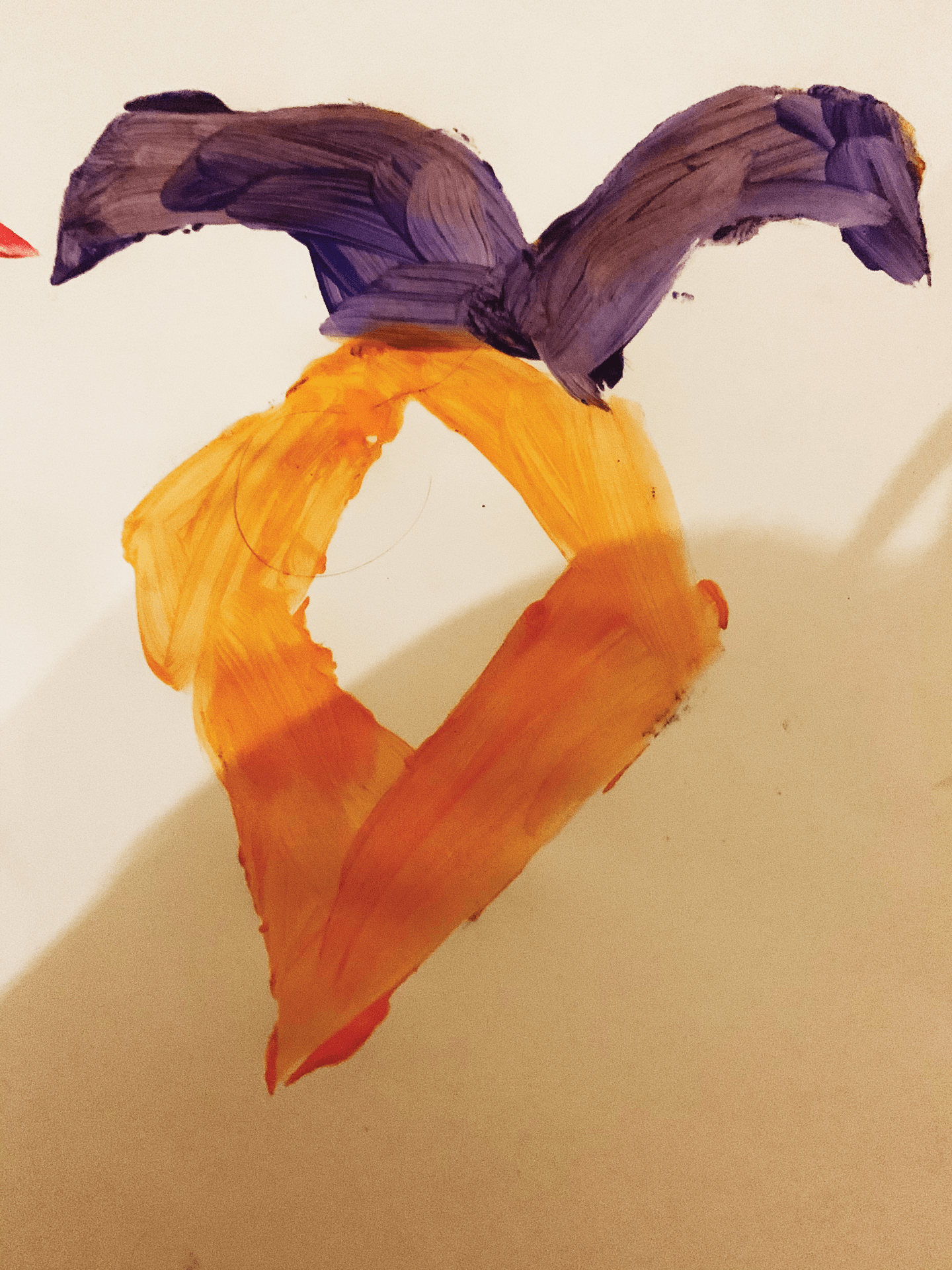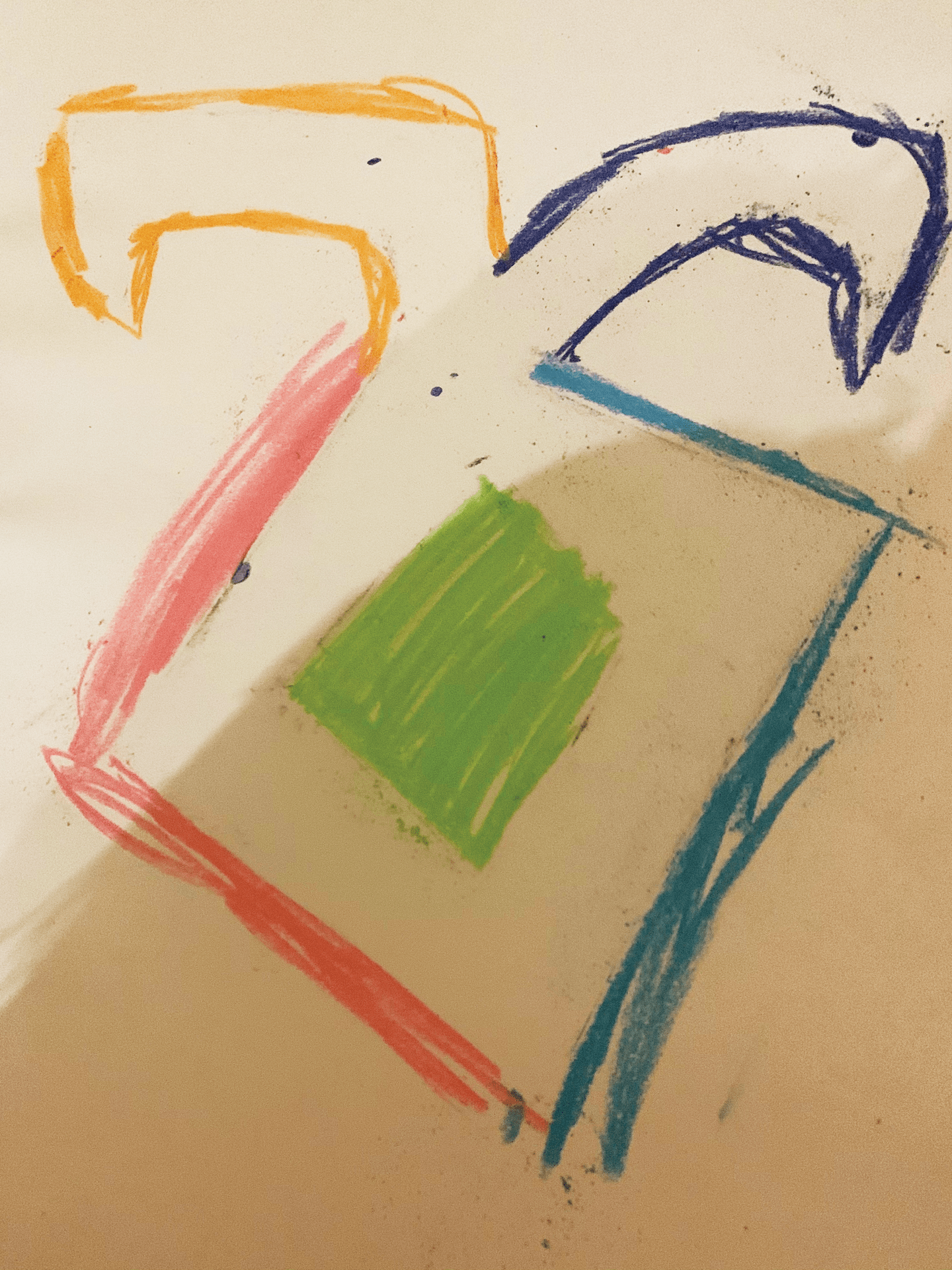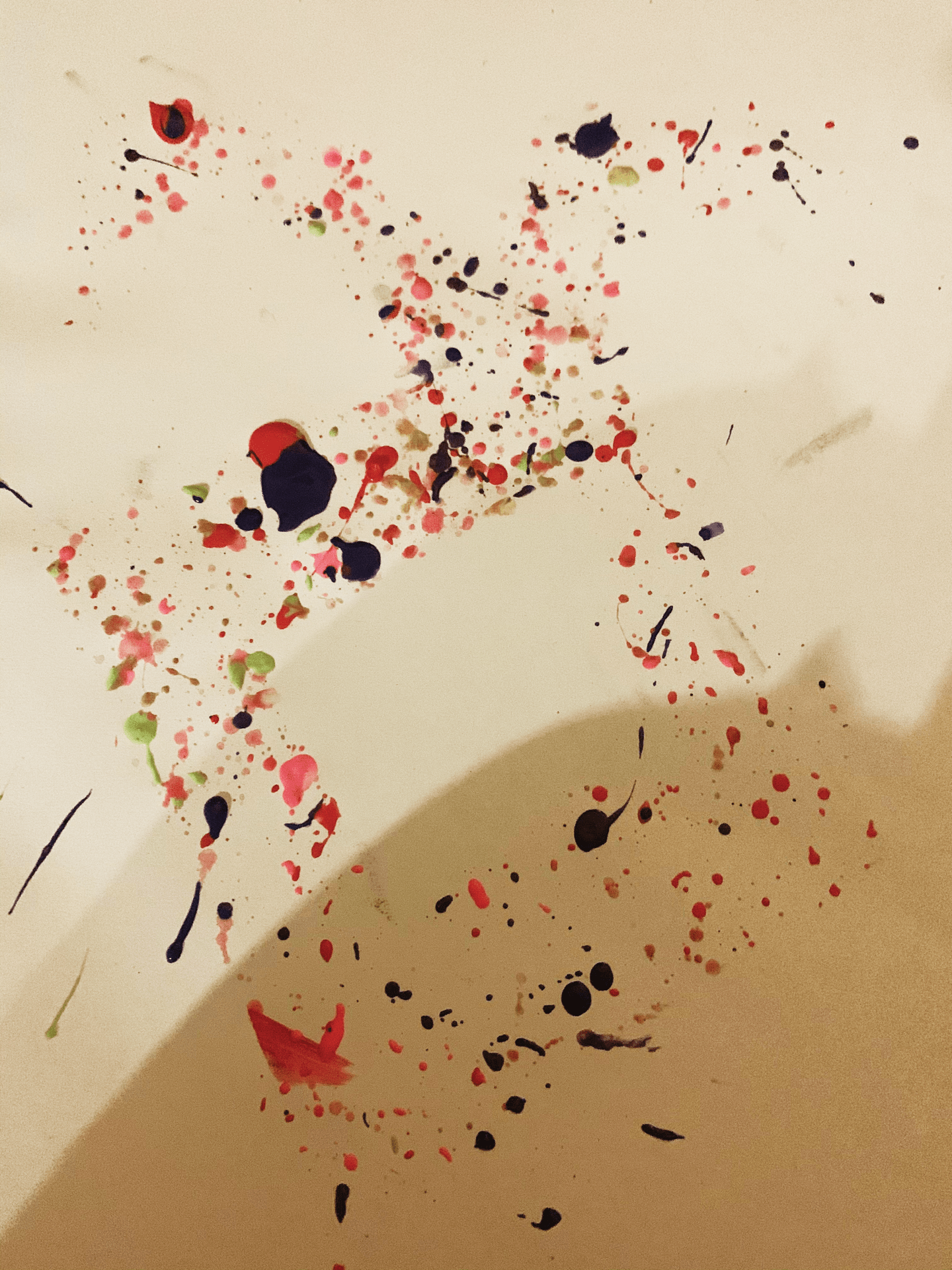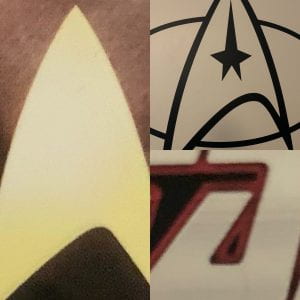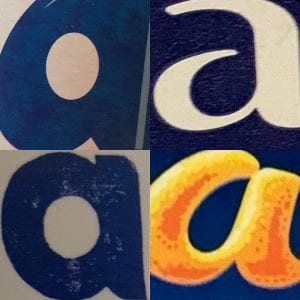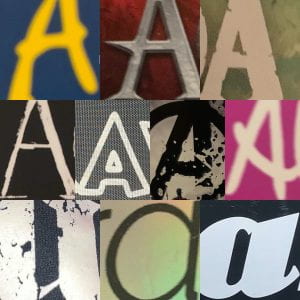
We had a task to go out and photograph examples of signs in our local environment. Our categories, from which we had to try and take at least one relevant photograph, were:
-Shop/commercial signs
-Wayfinding/directional signs
-Ad-hoc signs/posters/stickers, etc.
-Street signs
-Regulatory signs
-Architectonic (architectural) signs
-Graffiti, tags, murals, stc.
The commercial sign (left, bottom) I chose was a cafe near my house, 44 Main St, which had a nice, inviting style of text to encourage people to go in.
The wayfinding sign (right, top) was a detailed road sign showing various directions in which to go. Using standard typography shows that it is reliable and trusted.
The ad-hoc signs (middle, top and bottom) are temporary diversion and electricity signs. The black and yellow used in both are warnings to people to grab their attention and warn people that certain routes are unavailable, or that there is danger of overhead power lines.
The street sign I chose (left, top) was of a street near where I live. The text is in a trustworthy and simple style, and there is varying size to show where the street is located.
The regulatory sign (right, bottom) I chose was a speed limit sign, warning people to go 30mph. It also shows location, coming into a village. The red around the signs shows that this is a more urgent warning, as something drivers must be aware of, as opposed to standard yellow warning signs.
I was unable to find any graffiti or architectonic signs but will continue to keep an eye out any time I am out of the house.
